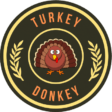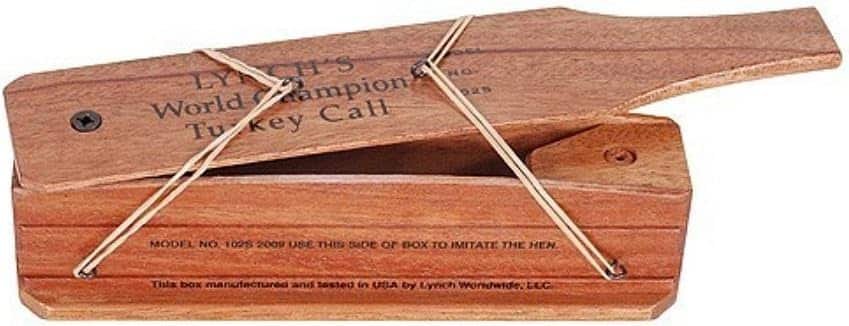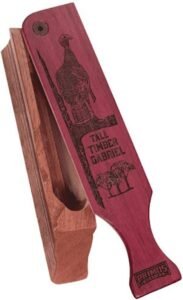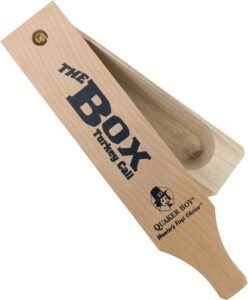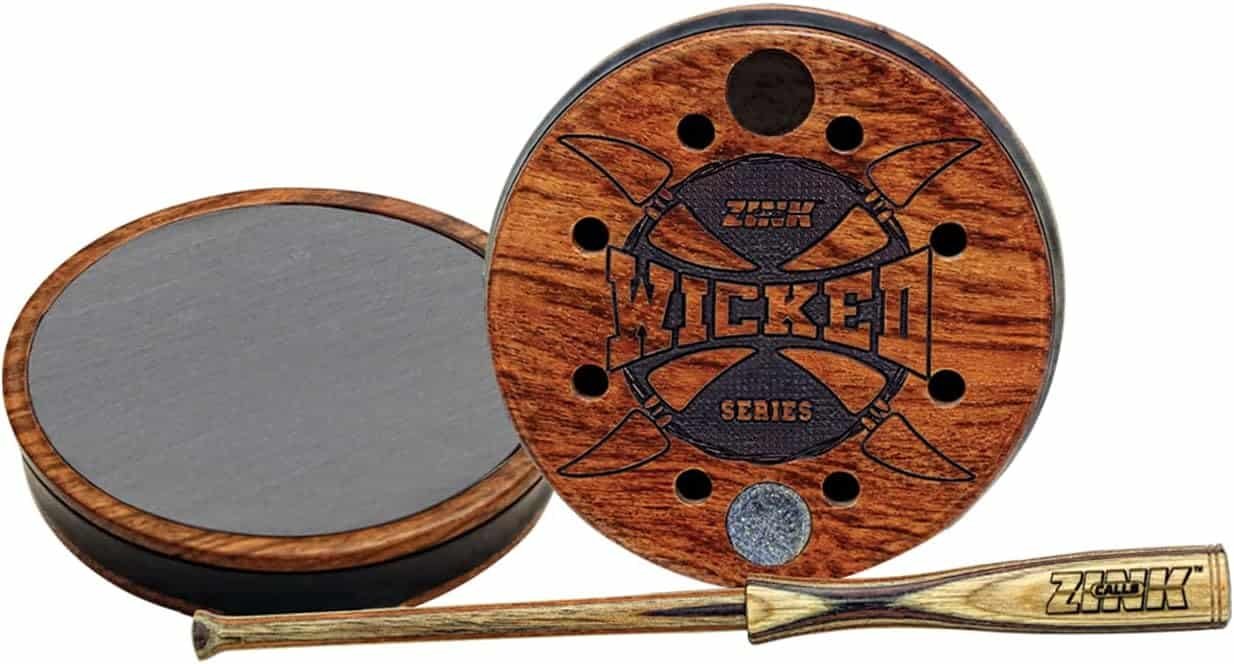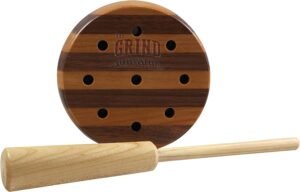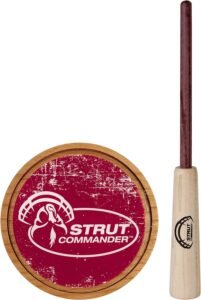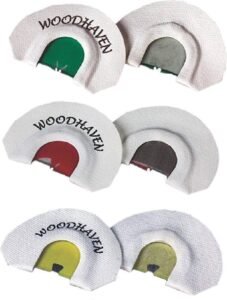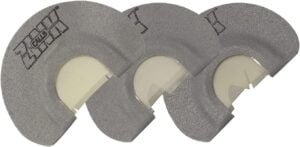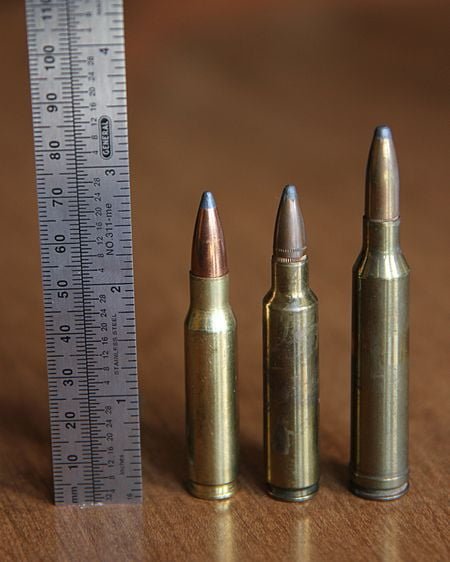Discover the Best Turkey Caller for 2024
Turkey calling is more than just a skill; it’s an art. It involves mimicking various turkey sounds to communicate with these birds. If you can’t call them home, you’ll be leaving empty-handed. We’ve tested them all and these are our favorite turkey callers.
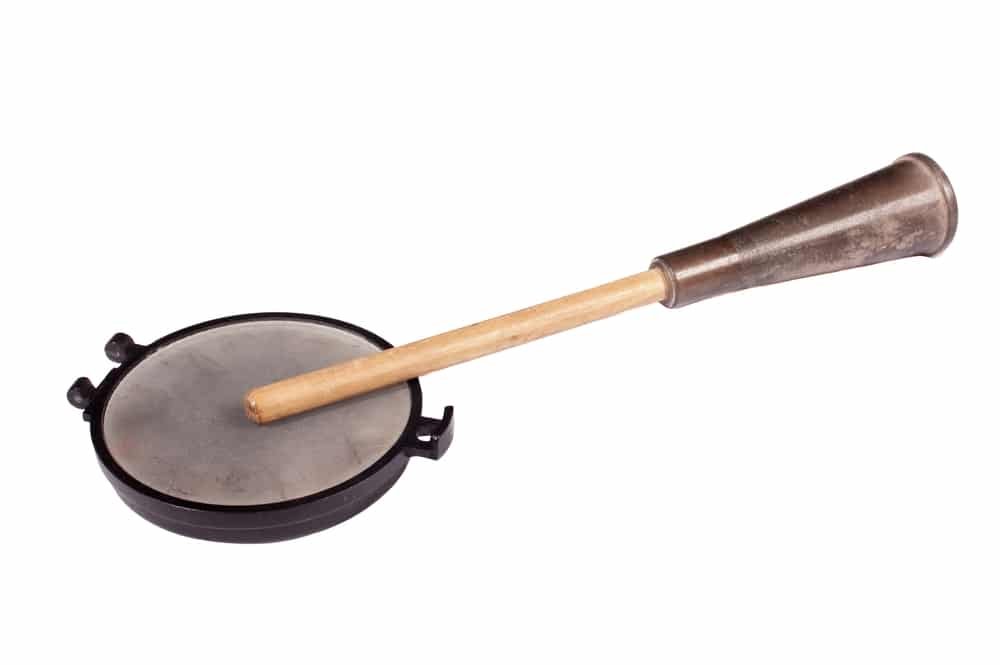
The Art of Turkey Calling
Picture yourself in the woods at dawn, surrounded by nature’s symphony. As you strategically position yourself to call in a gobbler, the crisp morning air brims with excitement.
Turkey calling goes beyond mere technique; it’s about connecting with nature and becoming a part of its intricate tapestry. It demands patience, skill, and an intimate knowledge of wild turkey behavior and vocalizations.
In hunting, turkey calling serves multiple purposes. Firstly, it attracts male turkeys (gobblers) by replicating their natural vocalizations like clucks, purrs, yelps, or gobbles. These sounds signal the presence of a receptive hen, triggering gobblers’ competitive instincts and luring them closer for potential mating.
Secondly, effective turkey calling can deceive wary gobblers into believing another turkey is nearby, a tactic known as “blind calling.” This strategy works well during peak mating season when gobblers actively respond to calls.
The Best Turkey Caller
Not all turkey callers are equal when it comes to turkey hunting gear. Using a high-quality turkey caller significantly boosts your chances of luring turkeys within shooting range. The realistic sounds top callers produce can fool even the most cautious tom into believing a hen is nearby.
Investing in a premium turkey caller isn’t just about attracting more turkeys; it ensures precise control over the vocalizations you produce. This versatility allows you to adapt your calling strategy based on turkey behavior and responses.
You can replicate various turkey sounds with a high-quality caller, from soft clucks to aggressive yelps, tailoring your calls to the circumstances. Moreover, a reliable turkey caller enhances your overall hunting experience.
Engaging in a spirited conversation with wild turkeys is an exhilarating experience. The thrill of hearing their responses echo through the forest is unmatched. Selecting the best turkey caller that suits your style and preferences will add more enjoyment to your hunting outings.
Understanding Turkey Vocalizations
Turkeys communicate using an extensive vocabulary of sounds, each serving a specific purpose. One common sound is the “gobble,” associated with male turkeys asserting dominance and attracting mates. Another is the “cluck,” which can convey different messages depending on tone and delivery. Hens use clucks for contentment or to gather chicks, while gobblers may use them as soft invitations for other turkeys to join them.
Unlocking Nature’s Code: Turkey Communication
Turkeys rely heavily on vocalizations for non-verbal communication in their flocks. By understanding how turkeys communicate through vocalizations, hunters gain an advantage in luring them closer. Turkeys use different sounds and pitches to convey specific messages.
For example, hens produce soft clucks when feeding or traveling together to maintain flock contact. Gobblers employ various calls, favoring low-frequency sounds like deep gobbles during mating season or aggressive yelps when challenging other males for dominance.
The intricate interplay of vocalizations among turkeys creates a dynamic symphony that hunters can tap into to communicate and entice their quarry effectively. Understanding these nuances is like learning a foreign language, allowing hunters to decipher intentions and desires and gain an edge in pursuit.
Best Turkey Caller Types
Box Calls – Traditional and Realistic
Box calls have a long history in turkey hunting. These traditional wooden calls are renowned for producing incredibly realistic turkey sounds. They originated from simple carved wooden boxes used to mimic turkey vocalizations. Manufacturers refined their design and materials, improving sound quality and versatility.
Using Box Calls
Hold a box call firmly in one hand, with the paddle against your thumb or fingers, to use a box call effectively. Move the lid across the paddle with controlled pressure, creating vibrations that mimic turkey sounds. Experiment with different strokes and speeds to produce varying pitches and tones. Practice is key before heading into the field.
Click here to learn more about box calls.
The Donkey’s Top 3 Best Turkey Caller – Box Calls
Lynch World Champion Turkey Box Call
This box call sounds amazing. Easy to use and it has a gobbler side to the box which is interesting. Just a deeper call than the hen side. Cant beat that it is US made of nice wood. This and a slate pot call and the primos gobbler call and youre set! Buy a chalk stick from the same manufacturer if you can.
Primos Hunting Tall Timber Gabriel Turkey Call
I’ve been turkey hunting for almost 25 years, and these calls are one of my favorites. This box call is one to have in your vest. It’s very easy to use, and you get more realistic yelps, cuts, and cackles than any box call I have owned. This call is well worth the money and I promise you will not be disappointed.
Quaker Boy The Box Turkey Call
The call box wore out pretty fast but what do you expect for half the price of the other recommended calls. This call is not waterproof but will get the job done in dry environments. The spring is holding up great and the wood seems like it’s been glazed over by use. Best budget call hands down.
Slate Calls: Versatile Friction Calls
Slate calls, also known as pot calls, are popular due to their versatility and distinctive sound production. They consist of a surface made from slate or glass atop a pot-like structure. Scraping or striking a striker (usually wood or carbon) across the surface generates lifelike turkey sounds.
Slate calls excel at producing soft and subtle sounds for close-range interactions. They offer versatility in creating different pitches, from high-pitched yelps to low-pitched purrs. However, they’re sensitive to moisture and can lose effectiveness in wet conditions. Hold the call securely with fingertips lightly against the surface and experiment with pressure, speed, and stroke lengths for various turkey vocalizations.
Click here to learn more about slate calls.
The Donkey's Top 3 Best Turkey Caller - Slate Calls
Zink Wicked Series Slate
Excellent call. Makes great sounding purrs, yelps, and cuts. There is a lot of conflicting information out there on whether or not to condition the sweet spot…yes, condition it as you would any other surface friction call. Makes excellent low volume yelps and tree calls. Also really like the built-in striker conditioner.
The Grind Cooker Pot and Peg Slate
Great sounding call and the quality of the wood is impressive. The call is designed with an inner sounding board that reflects great-sounding tones and calls. It is easy to change the volume from soft yelps to loud and exciting cutting that will wake ole Tom up!
STRUT COMANDER Ole Scratch Slate Turkey Pot Call
First day using the call in the woods I called in a nice Tom which came running in to my decoys. This one works and sounds great but you must scratch this up a bit before getting the desired sound. Overall great call though, tried and trusted, despite the red finish.
Mouth Calls: Hands-Free Diaphragms
Mouth calls, or diaphragm calls, offer hands-free calling options. They consist of latex reeds stretched across a frame and fit inside your mouth for operation. Varying tongue placement and airflow through the call produces a wide range of turkey sounds.
Different mouth call types exist, from single-reed calls for beginners to triple-reed or quad-reed calls for more complexity. Proper positioning is crucial, with the reeds facing your tongue’s roof for a comfortable fit. Maintain steady airflow while controlling sound with tongue movements and air pressure variations. Practice develops muscle memory for consistent sounds, effectively fooling even wary gobblers.
Click here to learn more about mouth calls.
The Donkey’s Top 2 Best Turkey Caller – Mouth Calls
Woodhaven Custom Calls Ninja 3-Pack
These are the perfect size for your pallet. The yellow one is very easy to use, while the other two may take some practice. We recommend you download the turkey tech app, which has videos and explanations on use. very helpful.
Zink Z-Cutter
Veterans and beginners alike love this one for its ease of use – Two .003″ reeds with a simple double cut allow the Z-Yelper to recreate the high-to-low note of a classic yelp. The Z-Cutter features three prophylactic reeds with a cut carved out of one side, delivering aggressive yelps.
Choosing the Best Turkey Caller
When selecting a turkey caller, consider sound quality, materials, and ease of use. Sound quality is paramount; the caller must produce realistic, clear turkey sounds. The materials used in construction impact sound quality; wood offers rich tones, while different surfaces like slate or glass create varied pitches.
Practicing with different callers before hunting helps you master their nuances. Look for one-handed operation and ergonomic designs that enhance user-friendliness. Adjustable features like volume control and pitch adjustment offer customization for different hunting scenarios.
Additional Tips for Using the Best Turkey Caller
- Consider the type of terrain you will be hunting in. If you are hunting in a heavily wooded area, you will need a call that can produce loud sounds that will carry through the trees. If you are hunting in a more open area, you can get away with using a softer call.
- Think about the time of year you will be hunting in. Early in the spring, turkeys are more responsive to soft, subtle calls. Later in the spring, they respond to louder, more aggressive calls.
- Experiment with different types of calls and different calling techniques. Every turkey is different, so what works for one may not work for another. The best way to find out what works is to experiment.
Crow Calls
- Hunter’s Specialties Crow Call: This affordable and effective call is a great option for hunters on a budget.
- Primos Lil’ Crow Call: This small and portable call is easy to use and produces realistic crow sounds.
- Knight & Hale Crow Call: Known for its durability and realistic sound.

When choosing a crow call, consider:
- Sound quality: The call should produce realistic crow sounds that attract turkeys.
- Durability: Look for a call made from durable materials that can withstand the elements.
- Ease of use: The call should be easy to operate and produce consistent sounds.
- Versatility: A versatile call that can produce different crow sounds will give you more options in the field.
Ultimately, the best crow call for you depends on your preferences and hunting style. Experiment with different calls to find the one that works best for you.v
Crafting the Perfect Owl Call for Turkey Hunting
Finding the best owl call for turkey hunting is a valuable option for turkey hunters. It can lure in even the most elusive gobbler. The key to success lies in choosing the right call and mastering its use.
Factors to Consider
- Sound quality: The call should produce realistic owl hoots that mimic the sounds of various species.
- Durability: Look for a call made from durable materials that can withstand the elements.
- Ease of use: The call should be easy to operate and produce consistent sounds.
- Versatility: A versatile call that can produce different owl sounds will give you more options in the field.
Popular Owl Call Options
- Phelps Game Calls Harrison Hooter Owl Hooter Call: A high-quality call designed for precision and realism.
- Primos Hoot Flute Locator Call: A popular choice known for its realistic owl sounds and ease of use.
- Hunter’s Specialties The Hooter Owl Call: Another reliable option with a durable construction and effective owl hoots.
Tips for Using an Owl Call
- Practice: Learn to produce realistic owl hoots before entering the field.
- Timing: Use the owl call strategically, often during the early morning or late afternoon hours.
- Variety: Experiment with different owl sounds to see what works best in your area.
- Patience: It may take time to attract a gobbler with an owl call, so be patient and persistent.
By choosing the best owl call for turkey hunting and practicing its use, you can increase your chances of success during your next turkey hunting trip. Remember, the key is strategically using the call and listening for a gobbler’s response.
Conclusion
It is important to note that the best turkey call for you depends on your preferences and hunting style. Some hunters prefer box calls because they are easy to learn and use, while others prefer mouth calls because they are more versatile and can be used to produce a wider range of sounds. Slate calls are also popular because they can produce very loud and realistic sounds.
If you are a beginner turkey hunter, I recommend starting with a box or mouth call. These calls are relatively easy to learn and use and can be very effective at luring turkeys. Once you have mastered the basics of turkey calling, you can experiment with different types of calls to find the one you like best.
Box Calls: Traditional and Realistic
Box calls are a traditional and widely used instrument in turkey hunting, celebrated for their simplicity and effectiveness in producing realistic turkey sounds.
Components:
Box (or Sound Chamber): The main body of the call, often crafted from various types of wood. The choice of wood can influence the sound quality and pitch.
Lid (or Paddle): The movable part of the call that produces the sound when scraped against the box’s edges. It is also typically made of wood, and different woods can produce distinct sounds.
Screws or Chalk: Some box calls use screws to adjust tension, affecting the sound. Others may come with chalk to maintain the friction surface.
Using a Box Call:
Sound Production: The sound is generated by dragging the lid/paddle across the edge of the box. The vibration from this friction resonates within the box chamber, amplifying the sound.
Types of Calls: Box calls can mimic a range of turkey vocalizations:
- Yelps: The primary communication call of turkeys.
- Purrs: Soft and rolling, they can simulate a content turkey.
- Cuts: Sharp and erratic, they signal excitement.
- Gobbles: With the right technique, some box calls can even replicate the sound of a gobbling turkey.
Technique Variations: By adjusting the pressure, speed, and angle of the Paddle against the box, a hunter can change the tone, volume, and type of call.
Advantages:
- Ease of Use: Generally considered one of the easiest calls to pick up for beginners.
- Rich Sound: The wooden construction can produce a deep, resonant sound.
- Versatility: Can produce a wide variety of calls with slight technique adjustments.
Disadvantages:
- Size and Bulk: Larger than slate and mouth calls, which might be a consideration for hunters looking to pack light.
- Weather Sensitivity: They don’t perform as well when wet, and prolonged exposure to moisture can damage the wood.
- Noise Control: They can inadvertently make noise when carried around, possibly alerting the game.
Care and Maintenance:
- Chalking: The edges where the Paddle meets the box should be chalked regularly to maintain the right amount of friction. Always use the recommended type of chalk (often not blackboard chalk).
- Storage: Store in a dry place away from moisture to maintain the wood’s integrity.
- Cleaning: Wipe down occasionally to remove dirt, dust, and moisture. Some hunters use light sandpaper to refresh the surfaces.
With their rich history and proven effectiveness, box calls remain a favorite among novice and experienced turkey hunters. Their simplicity and the quality of sound they produce make them an enduring choice in the turkey woods.
Slate Calls: Versatile Friction Calls
Slate calls, also known as pot calls or friction calls, are one of the most versatile and popular tools in a turkey hunter’s arsenal. They are relatively easy for beginners to pick up, while still offering a depth of technique for the seasoned hunter.
Components:
- Surface (or playing surface): This is typically made of slate but can also be constructed from glass, crystal, aluminum, or other materials. Each material produces a distinct sound. For instance, slate offers a softer, more natural sound, while glass and crystal produce louder, sharper notes.
- Striker: This is a peg, usually made of wood but sometimes of carbon, acrylic, or other materials. The choice of striker material can alter the sound the call produces.
- Pot: The pot holds the surface. It can be made from various woods or synthetic materials, and its design can influence the resonance and tone of the call.
Using a Slate Call:
- Sound Production: The sound is produced by dragging or scratching the striker across the call’s surface.
- Types of Calls: Slate calls can produce a wide variety of turkey sounds, including:
- Yelps: The most common turkey vocalization.
- Purrs: A contented sound often used to coax a wary gobbler.
- Cuts and cackles: More excited, erratic calls.
- Clucks: Short, staccato notes.
- Technique Variations: By holding the striker differently, applying varied pressure, or using different motions, a hunter can produce many sounds. For example:
- Soft yelps and purrs for close encounters.
- Loud yelps and cuts to reach out to distant birds.
Advantages
- Versatility: They can produce a broad spectrum of turkey sounds.
- Volume Control: They can be soft for close birds or loud enough to reach distant turkeys.
- Natural Sound: Especially slate surfaces, which produce very realistic tones.
Disadvantages
- Weather Sensitivity: They don’t work well when wet. Some hunters carry a conditioning stone or sandpaper to keep the surface in optimal condition.
- Requires Two Hands: This can be a limitation when quick, hands-free calls are needed.
Care and Maintenance:
- Storage: It’s a good idea to store the striker and slate call separately to prevent the slate’s surface from becoming dull.
- Conditioning: Over time, the surface may need conditioning. Slate surfaces can be freshened with light sanding in a circular motion using scotch brite pads or fine sandpaper. This removes oil, dirt, and build-up to restore the call’s sound.
In the end, while slate calls are just one tool in the turkey hunter’s toolkit, their versatility and natural sound make them a favorite for many, both beginners and veterans alike.
Mouth Calls: Hands-Free Diaphragms
Mouth calls, also known as diaphragm calls, are a staple in the turkey hunter’s toolset. They’re incredibly versatile and allow for hands-free operation, which can be vital during critical moments in the hunt.
Components:
Tape: This is typically a latex or prophylactic material that’s stretched over the frame. Multiple layers can be used to produce different sounds or pitches.
Frame: Holds the tape in place. It’s typically made of aluminum or plastic and is designed to comfortably fit in the mouth’s roof.
Reeds: These are layers of the tape that vibrate to produce sound. Calls can have a single reed or multiple reeds.
Using a Mouth Call:
Sound Production: Sound is produced by forcing air from the lungs, over the tongue, and across the reeds of the call placed in the roof of the mouth.
Types of Calls: Like slate calls, mouth calls can produce a variety of turkey sounds, including:
- Yelps: The primary call of turkeys.
- Purrs: Soft and rolling, indicating contentment.
- Cuts and cackles: More aggressive and erratic.
- Clucks and putts: Sharp and abrupt sounds.
Technique Variations: The sound and pitch can be adjusted by the amount of air pressure, tongue placement, and shape of the mouth.
Advantages:
- Hands-Free: Allows the hunter to keep both hands on their weapon.
- Natural Sound: With practice, very realistic turkey sounds can be produced.
- Compact and Lightweight: Easy to carry several to provide different tones and pitches.
Disadvantages:
- Learning Curve: Requires practice to master.
- Hygiene: Must be kept clean to prevent bacteria buildup.
- Safety: There’s a choking hazard if not used correctly, especially for inexperienced users or children.
Care and Maintenance:
- Cleaning: After use, rinse with a mild antiseptic mouthwash and let it air dry to kill bacteria and extend the life of the call.
- Storage: Store in a cool, dry place. Some hunters use small plastic containers or resealable bags.
- Regular Replacement: Due to wear and potential hygiene issues, it’s a good idea to replace mouth calls regularly.
Mouth calls offer the distinct advantage of hands-free operation and, with practice, can produce a wide range of highly realistic turkey vocalizations. Their small size allows hunters to carry multiple calls into the field, giving them a variety of sounds at their disposal.
